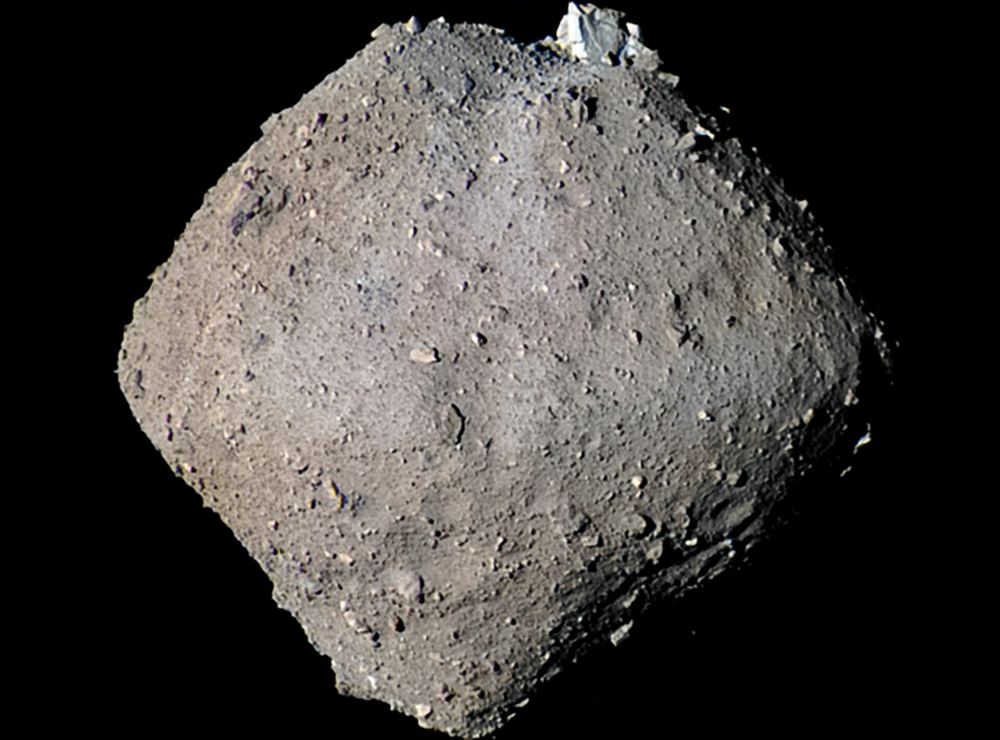Life, as we all know, is based on chemistry. Prebiotic chemical building blocks existed on our planet for a long time before life arose. Astrobiology and cosmochemistry focus on the formation of those building blocks. They also look at the role each played in creating all the life forms we know today.
For a long time, cosmo-chemists have known that organic molecules called polycyclic aromatic hydrocarbons (PAHs) are quite plentiful in the Universe. Scientists consider them plausible prebiotic building blocks that likely played an important role in the formation of life on Earth. What’s not as well understood is their origin story. For a long time, scientists suspected that they formed in regions where temperatures get to around 1000 K. That would supply energy to promote chemical activity to create PAHs, such as in star-forming molecular clouds or circumstellar disks. It’s also possible they form as part of the processing of carbon-rich dust grains by nearby energy sources (such as stars).
However, based on recent studies of an asteroid and meteorite, it turns out that some PAHs formed in cold regions of space, too. In those regions, the temperature does not get much higher than 100 K. That finding opens up new pathways for understanding life’s chemical journey on other planets and celestial bodies.
Understanding These Organic Molecules
According to Professor Kliti Grice, a researcher at the Western Australia Organic and Isotope Geochemistry Centre at Curtin University, understanding these materials is a big step. “PAHs are organic compounds made up of carbon and hydrogen that are common on Earth but are also found in celestial bodies like asteroids and meteorites,” said Grice.
They’re spread throughout the interstellar medium and detected in galaxies across the Universe. Generally, they’re used as a tracer of cold molecular gas, which is where stars—and planets—begin their formation journey.

Courtesy: NASA.
As such, scientists want to trace their path from space to Earth and compare space-based PAHs to Earth-based ones. That’s because PAHs are a very likely precursor to the kinds of materials that eventually lead to the formation of life. That makes their presence on other celestial bodies intriguing as scientists work to understand the formation and evolution of life.
Beyond Earth, PAHs account for about 30 percent of all carbon found in regions around stars, in molecular clouds, and on planets (and other bodies). On Earth, many PAHs exist in coal deposits and oil reservoirs. Plants burning (as in forest fires) also produce these compounds. They work their way into the soil and eventually end up in plants (among other things).
Organic Molecules and Rocky Bodies
Grice is part of an international research team that focused on pieces of asteroid Ryugu and the famous Murchison meteorite to figure out where their PAHs formed. The team started with an unusual chemistry project: burning plants. That’s because plants contain PAHs that form here on Earth. “We performed controlled burn experiments on Australian plants,” said Grice, “which were isotopically compared to PAHs from fragments of the Ryugu asteroid that were returned to Earth by a Japanese spacecraft in 2020, and the Murchison meteorite that landed in Australia in 1969. The bonds between light and heavy carbon isotopes in the PAHs were analyzed to reveal the temperature at which they were formed.”

Using high-tech methods to study Ryugu and Murchison, the team found two sources of PAHs with slightly different characteristics. “The smaller ones likely formed in cold outer space, while bigger ones probably formed in warmer environments, like near a star or inside a celestial body,” according to Grice.
Ryugu is particularly interesting since it formed early in the Solar System’s history. A critical analysis of its chemistry found several PAHs. The team also detected organosulfides (compounds with sulfur). These all likely formed in very cold interstellar clouds. That means they predate the formation of the Solar System, making bits of Ryugu older than the Sun and planets.
PAHs on the Pathway of Life
Why are scientists interested in PAHs? Their role as precursor compounds for life is intriguing. The fact that they can exist out in space opens up avenues of research into life beyond Earth. In addition, their presence gives new insight into the bodies that contain them.
Research team member Dr. Alex Holman said that studying the isotopic composition of PAHs found in celestial bodies offers a glimpse of their formation conditions. “This research gives us valuable insights into how organic compounds form beyond Earth and where they come from in space,” Dr Holman said. Ultimately, in the search for life elsewhere in the Universe, understanding the chemical pathways it takes through different formation environments will be important information.
For More Information
Organic Compounds in Asteroids Formed in Colder Regions of Space: Study
Scientists Probe the Source of Key Hydrocarbons on Earth—and in Space
PAHs, hydrocarbons, and Dimethylsulfides in Asteroid Ryugu Samples A0106 and C0107 and the Orgueil (CI1) Meteorite

